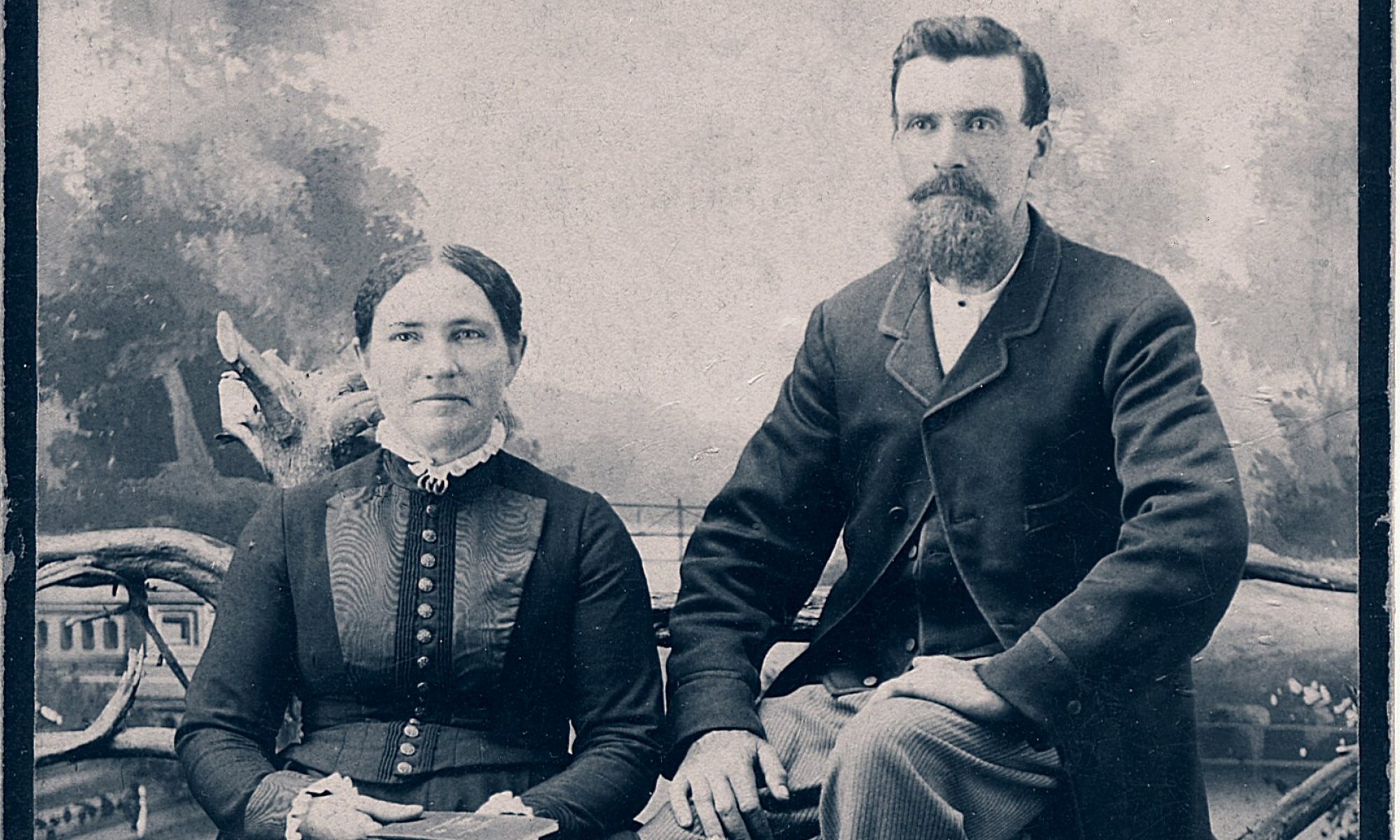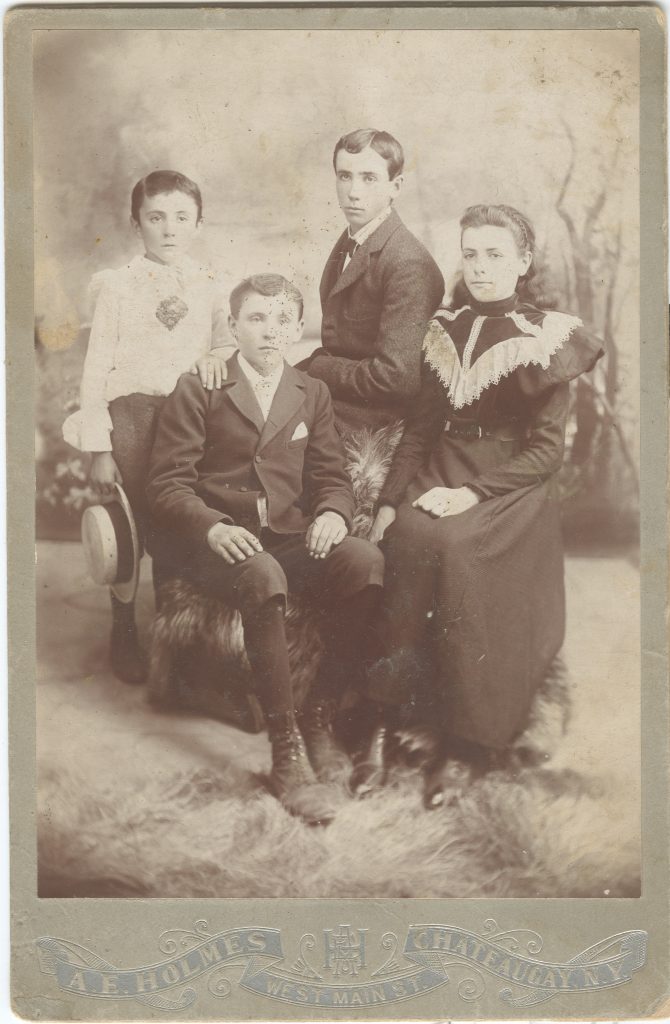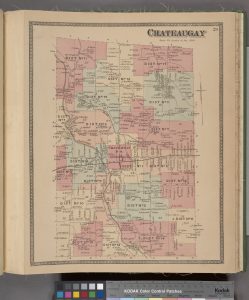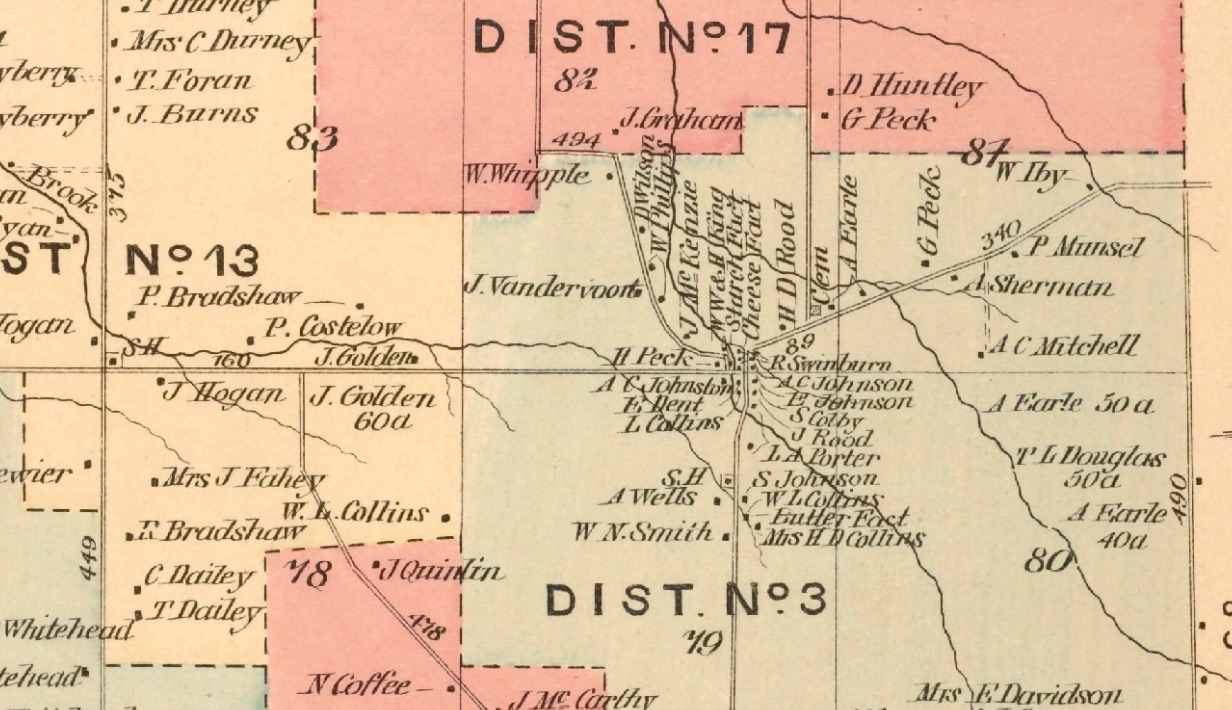
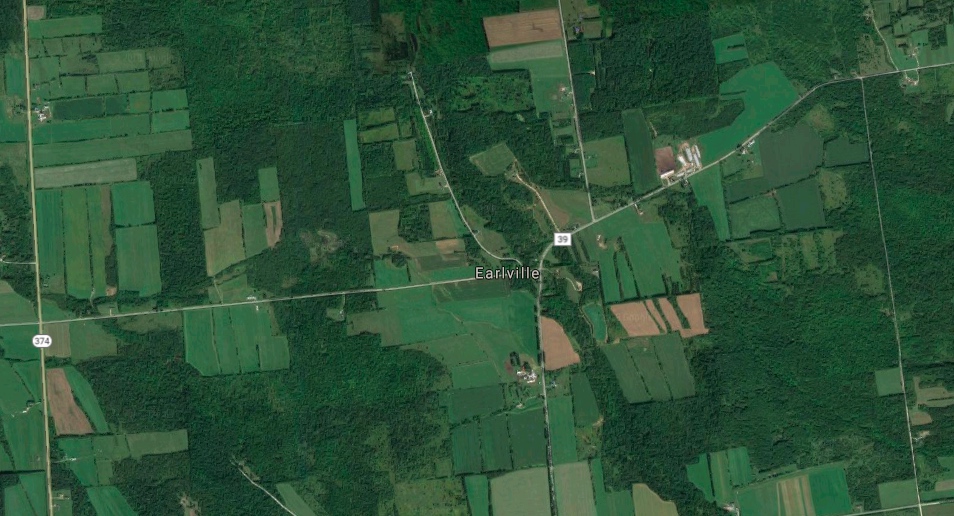
It has been far too long between since I put anything up here. I got overwhelmed by all the research required to do the next few posts about the great aunts, uncles, and grandparents. So, while I do a deep dive into aunt Mayme’s probate records, here’s a brief observation.
If you waded through my post about the data from the US census, then you know that I love digging into obscure data to see what it can say about people’s lives and stories. (You did read it, right? Here’s a link if your eyes glazed over the first time.) And if there’s one thing that I love more than annual crop yield statistics, it’s maps. My God do I love maps. Old maps. New maps. Google Earth, Middle Earth, the AAA TripTik from my 1984 drive from Florida to New Hampshire. Maps are it, man.
As I spent time poring over the map of Chateaugay from 1876, I was struck by all the houses in Earlville (or Slab City as we locals call it). Its a spot on a map with a handful houses now but, my dad talked about how the little hamlet (that’s what Wikipedia calls it) at the intersection of the McCormick Road and the Earlville Road had once been it’s own community. But holy cow – the map below shows more than 20 residences, (most packed tightly together), a starch factory, a cheese factory, a butter factory, and a school. It was a hopping place!
Since families were pretty large back then, I would guess that the population of Earlville must have approached 100. With all the people, and three businesses right there, this neighborhood must have it’s own sense of place. It was a little village tucked into the Northeast corner of town.
A few more observations
- The old church on the Earlville Road doesn’t appear on the map. It’s still there today. It must have been built after 1876.
-
I don’t see any mention of the Gibson family. Orville Gibson the founder of Gibson Guitars was born in Earlville in the 1850’s.
-
In 1876, the Graham road extended North all the way up to the Shee Wood’s road. Now it’s a dead end.
There are lots of people who know a lot more about the history of Earlville than I do. I just thought I’d make a few observations based on what this jaw-droppingly detailed old map shows.
As the screen shot from Google maps shows, many of those houses are gone. It’s a pleasant drive in the country, but you’d never be able to tell that there was a village here with its own businesses, school and church.
If this sounds like I’m bemoaning the decline of Chateaugay and Earlville, that’s not my intent. I’m more interested in remembering and celebrating our history. It’s just a reminder that our history is all around us – some places grow, and some shrink. Our collective memory is short. A lot gets lost in a generation. Sometimes it takes a quick look at a moldy old map to help us remember.
